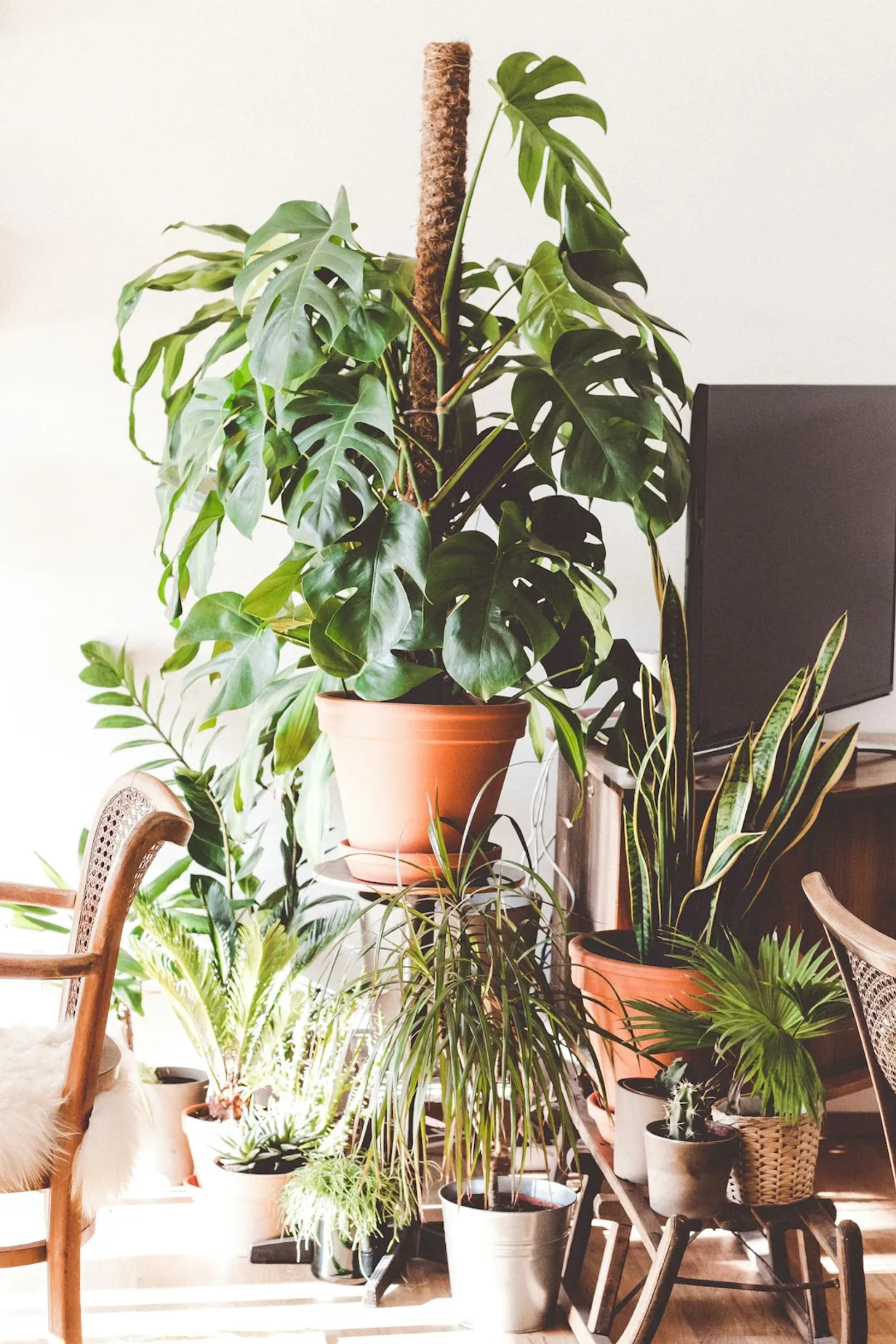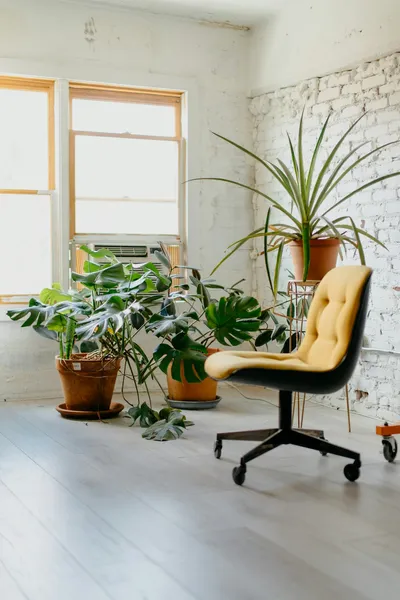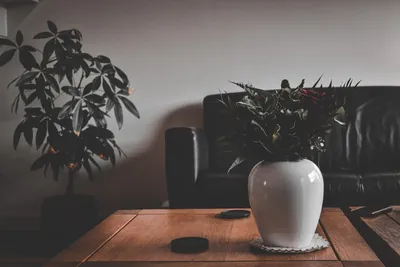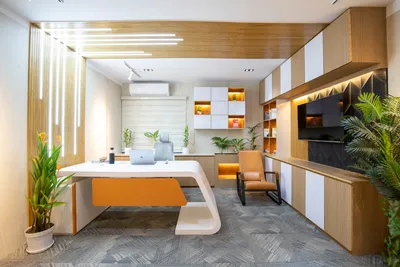
Understanding Biophilic Design
Biophilic design is an innovative architectural approach that seeks to connect occupants more closely with nature. This design philosophy integrates natural elements into built environments to promote well-being, health, and productivity. By incorporating aspects of the natural world, such as greenery, natural light, and organic materials, modern homes can become serene, inviting environments.
Key Principles of Biophilic Design
1. Natural Light
Maximizing natural light is fundamental in biophilic design. Large windows, skylights, and open floor plans help flood interiors with daylight, reducing the need for artificial lighting and creating a more uplifting atmosphere.
2. Indoor Greenery
Plants and greenery are at the heart of biophilic design. Use a variety of indoor plants to add freshness and vitality to your spaces. Consider vertical gardens, hanging plants, and potted trees to create layers of greenery.
3. Natural Materials
Incorporate materials such as wood, stone, and bamboo to mirror the textures and patterns found in nature. These materials add warmth, texture, and a sense of authenticity to your home.
Practical Tips for Incorporating Biophilic Design
1. Create a Green Focal Point
Select a central area in your home, such as the living room or the entryway, to showcase a large indoor plant or a collection of smaller plants. This green focal point will draw attention and set a natural tone for the entire space.
2. Use Natural Colors
Opt for a color palette that reflects the natural environment. Shades of green, blue, earthy browns, and neutral tones are soothing and help create a cohesive design that feels connected to the outdoors.
3. Water Features
Integrate small water features, like indoor fountains or aquariums, to introduce the calming effects of water into your home. The sound of flowing water can be especially relaxing.
4. Optimize Air Quality
Good air quality is essential in a biophilic home. Beyond just using plants that purify the air, ensure proper ventilation and consider air purifiers to maintain a healthy indoor environment.
The Benefits of Biophilic Design
Implementing biophilic design principles can lead to numerous benefits, including enhanced mental well-being, increased creativity, reduced stress, and improved air quality. Homes designed with biophilic elements can also foster a stronger connection to nature, making occupants feel more grounded and at peace.
Conclusion
Biophilic design is more than just a trend; it's a transformative approach to creating living spaces that nourish the mind, body, and soul. By embracing natural elements and thoughtful design, you can create a modern home that feels both contemporary and timeless, promoting a harmonious blend of urban living and natural beauty.
Fan Favorites: Top Plant Styling Tips
Explore the tips and ideas our readers love the most, from timeless classics to exciting new trends in plant styling for your home and office.



